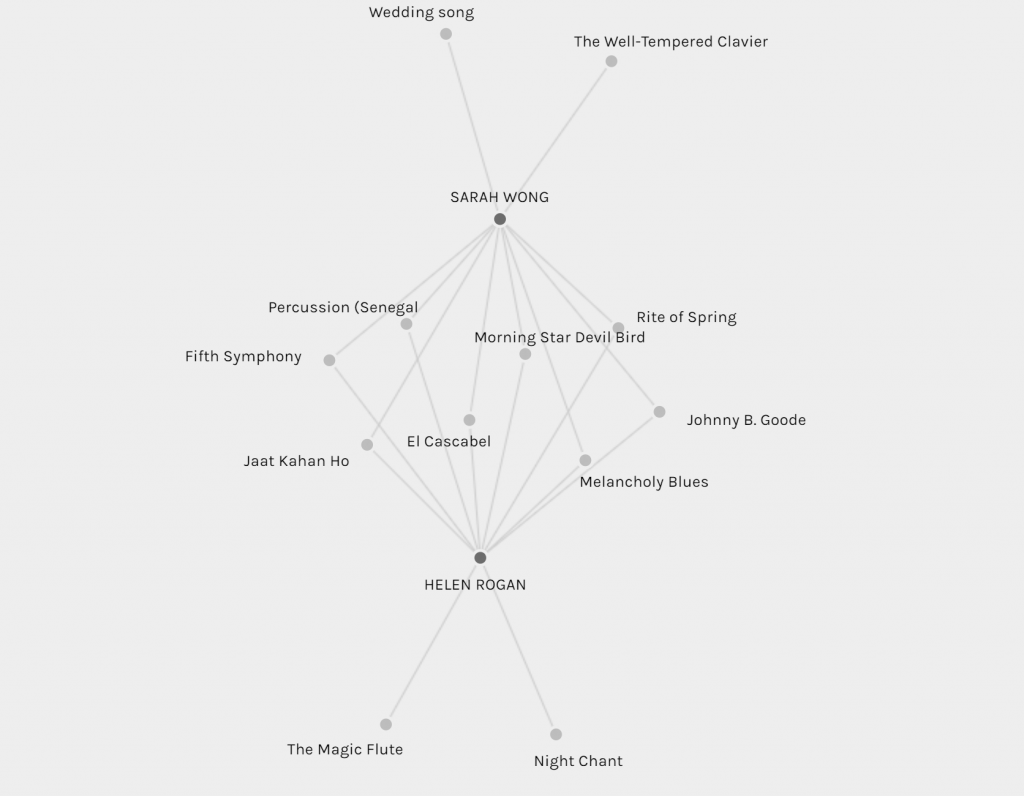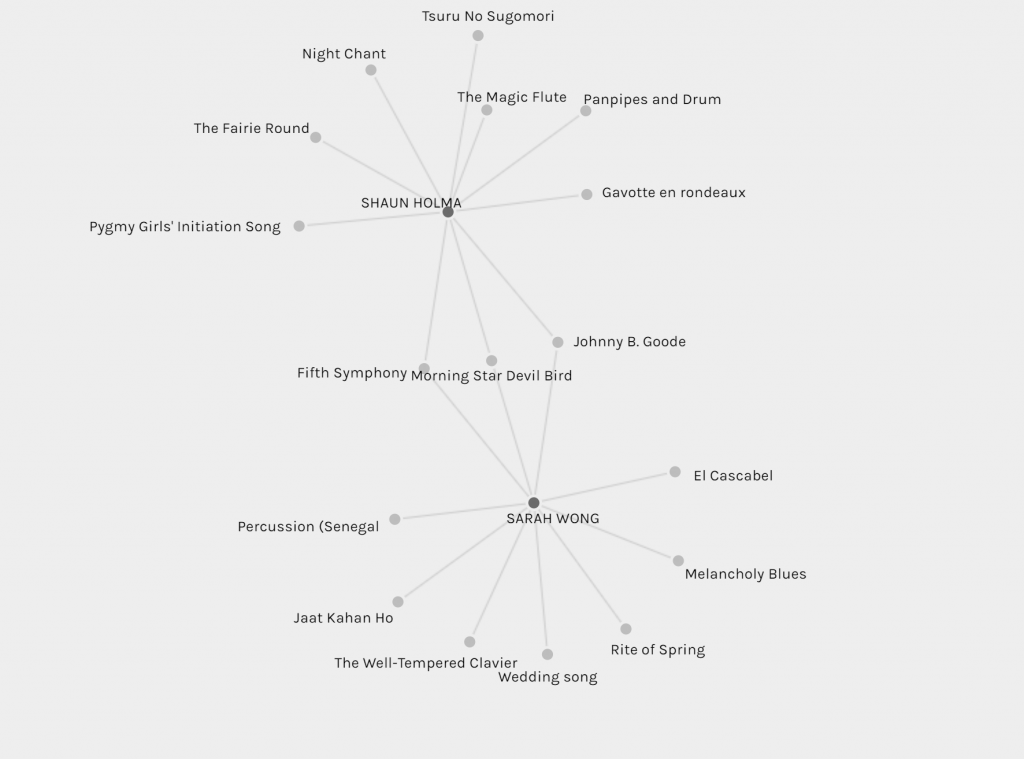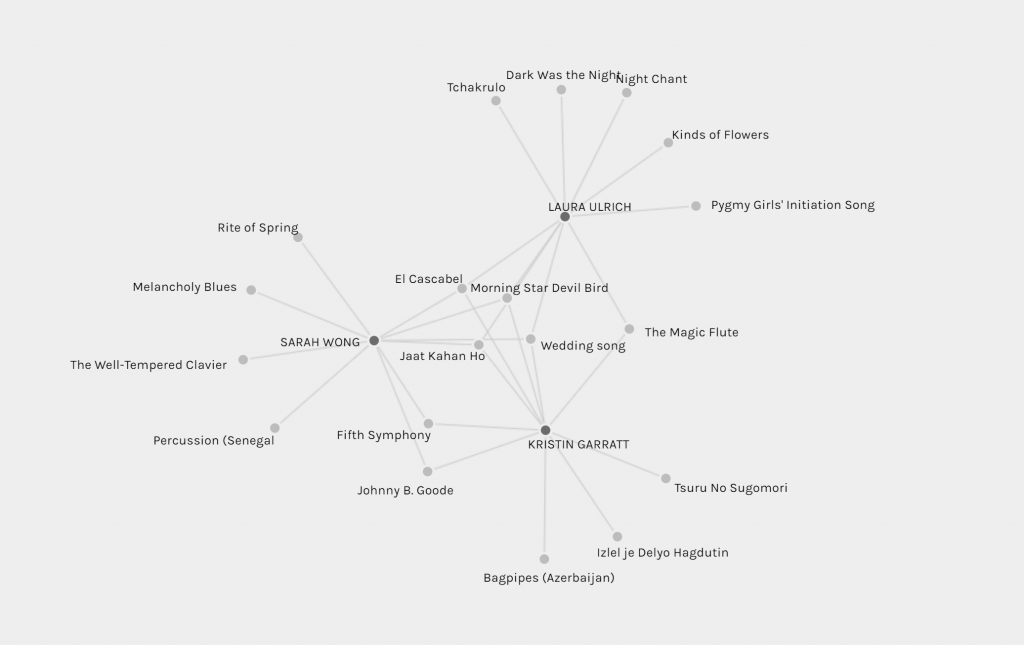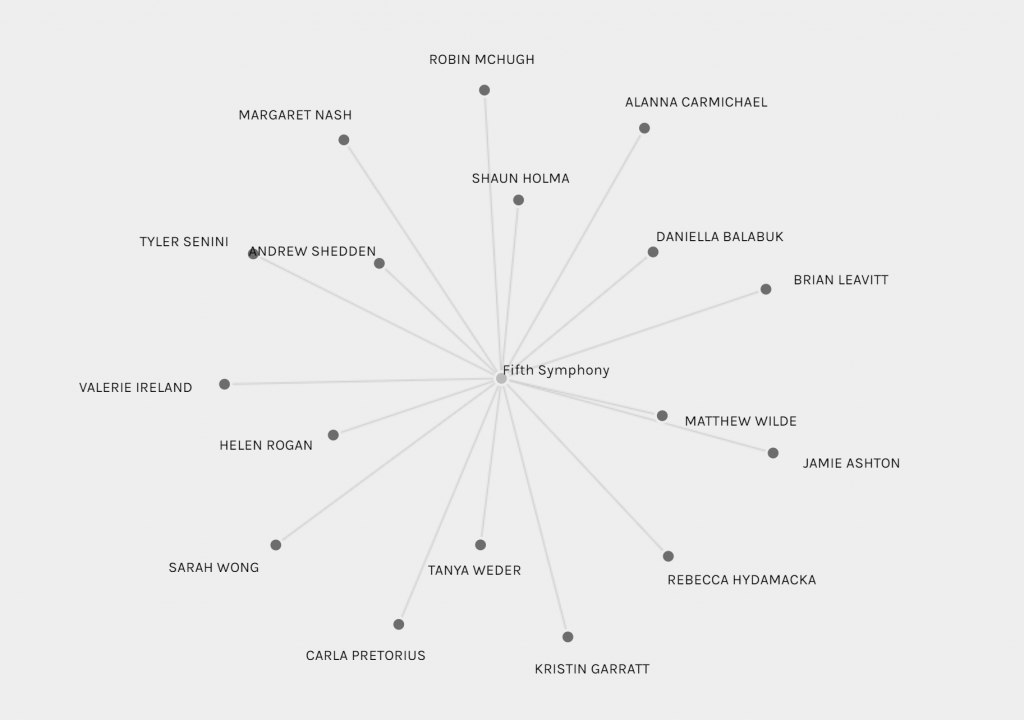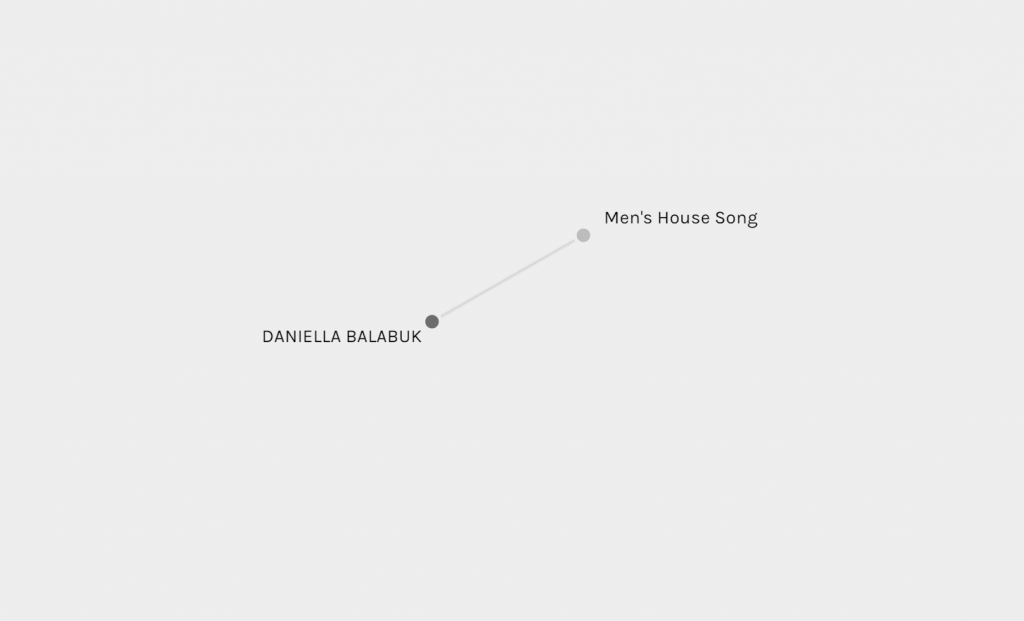Robin Mchugh – Task No. 8 – Golden Curation Assignment
https://blogs.ubc.ca/robinmchugh540/2020/07/01/curating-my-own-golden-record/
For my last linking assignment, I have chosen Robin’s golden curation assignment. When I was attempting this assignment, I tried to take a scientific and technical approach in trying to curate 10 out of 27 songs to represent earth. I spent so much time and effort trying to analyze and perhaps over analyze some parts. Someone without a musical background probably would not appreciate how much time I spent on this assignment.
When I looked at how Robin chose her songs, I quickly realized how simple she did it. She chose the songs based on how she her own preference. I thought to myself: “isn’t that what people appreciate the most anyways?” The majority of the people will not have a music background and most people will choose songs that they can relate to. I like how simplistic her approach was.
Looking at her website, I did find it hard to follow and find posts. Perhaps it’s the difference between a high school teacher, where everything is very structured, versus a freelance instructor in tech, where everything is more relaxed. If this was a course website for a high school class, I don’t think it will work as everything is in chronological order. It’s very difficult to have to scroll back from the newest posts to find what you want to read. However, if this is just a normal blog that people follow, it’s absolutely fine.


